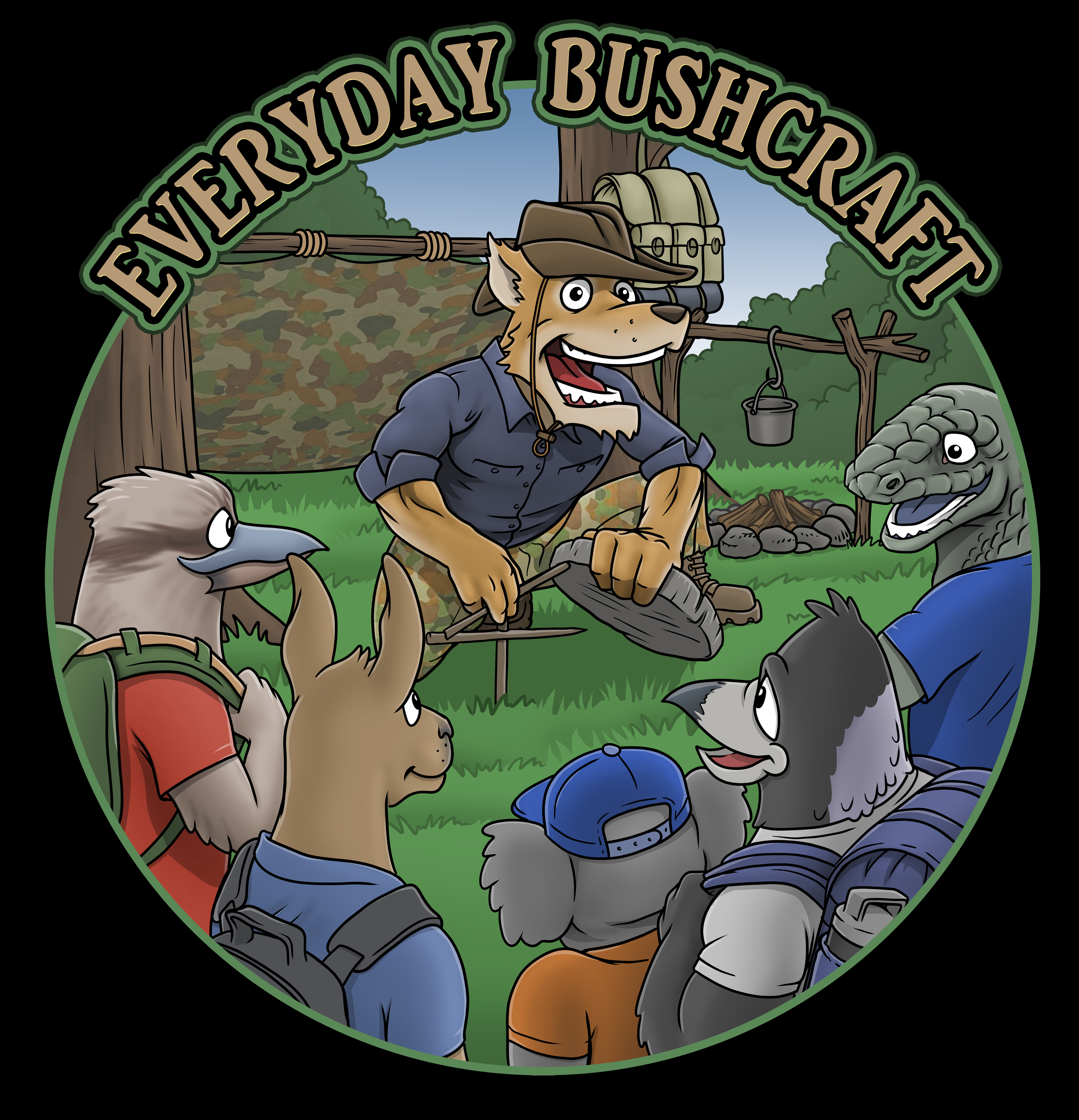
Bushcraft and Budo
- gbucknell

- Oct 12, 2024
- 4 min read
Martial Arts and Everyday Bushcraft: A Journey of Skill, Repetition, and Self-Discovery
Learning a martial art is a deeply transformative experience that teaches us far more than just techniques for self-defense. My journey in Bujinkan Budo Taijutsu has taught me about discipline, patience, and the value of repetition.
These are the same lessons that underpin learning bushcraft skills. Both martial arts and bushcraft share a common philosophy: “slow is smooth, smooth is fast.” This idea emphasizes the importance of steady, deliberate practice, with mastery emerging over time. It’s not about rushing toward a destination, but about savoring every step of the journey.
The Path of Bujinkan Budo Taijutsu
Bujinkan Budo Taijutsu, a martial art with roots in the traditions of the samurai and ninja, has been a cornerstone in my personal development.
At first, it was easy to get caught up in the idea of earning belts—the visible milestones of achievement. But over time, I realized that these belts were merely markers of progress on a much longer and richer path.
In Budo Taijutsu, the lessons are often repetitive. Over and over, we practice the same moves, perfecting each nuance. In the beginning, it can feel frustrating, like we’re moving too slowly. But, as I’ve learned, this repetition builds the foundation.
With each movement, the body absorbs the mechanics until they become second nature. Then, when the time comes, the techniques flow effortlessly. It’s only by going slow that we can eventually move fast—and move well.
This method of learning extends beyond the dojo. Whether you’re practicing a wrist lock or learning how to create a fire with flint and steel, the principles are the same: repetition is key.
Just as with martial arts, bushcraft skills need patience and persistence. Trying to rush through the process leads to mistakes, but focusing on the fundamentals helps us become more effective over time.
Colour Belts: Milestones, Not the End
The journey through the colour belts in martial arts is similar to the path of learning bushcraft. Earning a new belt feels like an accomplishment, but it’s important to recognize that each belt is simply a marker of progress, not a final destination. These milestones remind us that learning is ongoing.
In my own practice of Bujinkan Budo Taijutsu, I’ve found that each belt brings with it a new layer of understanding. The yellow belt may teach the basics of movement and stance, but the deeper I go, the more I appreciate the subtleties of those early lessons. In much the same way, learning to tie a knot in bushcraft might seem simple at first, but as you continue, you begin to see its broader applications and how it connects to other skills, such as building shelters or securing loads.
As we move through each level, we gain not just technical skills, but a deeper understanding of ourselves. Every belt test is a challenge, pushing us out of our comfort zone, testing not just our physical abilities, but our mental resilience. It’s a reminder to enjoy the journey, to embrace every lesson and every challenge, because this is where true growth happens.
Bushcraft and Budo: A Shared Philosophy
In the world of bushcraft, as in martial arts, there is always more to learn. Whether you’re mastering fire-making, shelter-building, or water purification, the process mirrors what we experience in the dojo: learning the basics, practicing them over and over, and eventually reaching a level of fluency. There are no shortcuts in either discipline. Rushing through a skill—whether it’s a martial arts technique or building a fire—will only lead to mistakes. Mastery comes through patience and methodical practice.
The mantra “slow is smooth, smooth is fast” applies perfectly here. When we approach bushcraft with patience, taking our time to learn each skill thoroughly, we create a solid foundation. This not only makes us more effective in the wilderness but also builds confidence and resilience. We learn to trust the process, and that trust is what allows us to move more swiftly and confidently when the need arises.
The Importance of the Journey
Perhaps the greatest lesson I’ve learned from both martial arts and bushcraft is that the journey is far more important than the destination. It’s not about how fast you can earn a belt or how quickly you can build a shelter. It’s about what you learn along the way, about yourself and your capabilities.
In Bujinkan Budo Taijutsu, every movement teaches something about balance, coordination, and intention. In bushcraft, every skill teaches patience, awareness of the natural world, and self-reliance. Through the repetitive practice of each art, we discover strengths we didn’t know we had, and we confront weaknesses we need to overcome.
Bushcraft, like martial arts, offers us a way to reconnect with ourselves, to push through challenges, and to grow both in skill and in spirit. It’s a journey of self-discovery that never truly ends, as there’s always something new to learn and experience.
Embrace the Process
Ultimately, both martial arts and bushcraft teach us to embrace the process of learning. The belts, like the achievements in bushcraft, are there to remind us of how far we’ve come, but they aren’t the end goal. What matters most is the time spent honing our craft, the patience we develop along the way, and the deeper understanding of ourselves that emerges as we progress.
In the dojo or the wild, slow and deliberate practice is what leads to success. Every step of the journey holds value, and it’s in that journey that we find the true reward. Enjoy the process, cherish the lessons, and remember that it’s not about the destination—it’s about becoming the best version of yourself along the way.









Comments